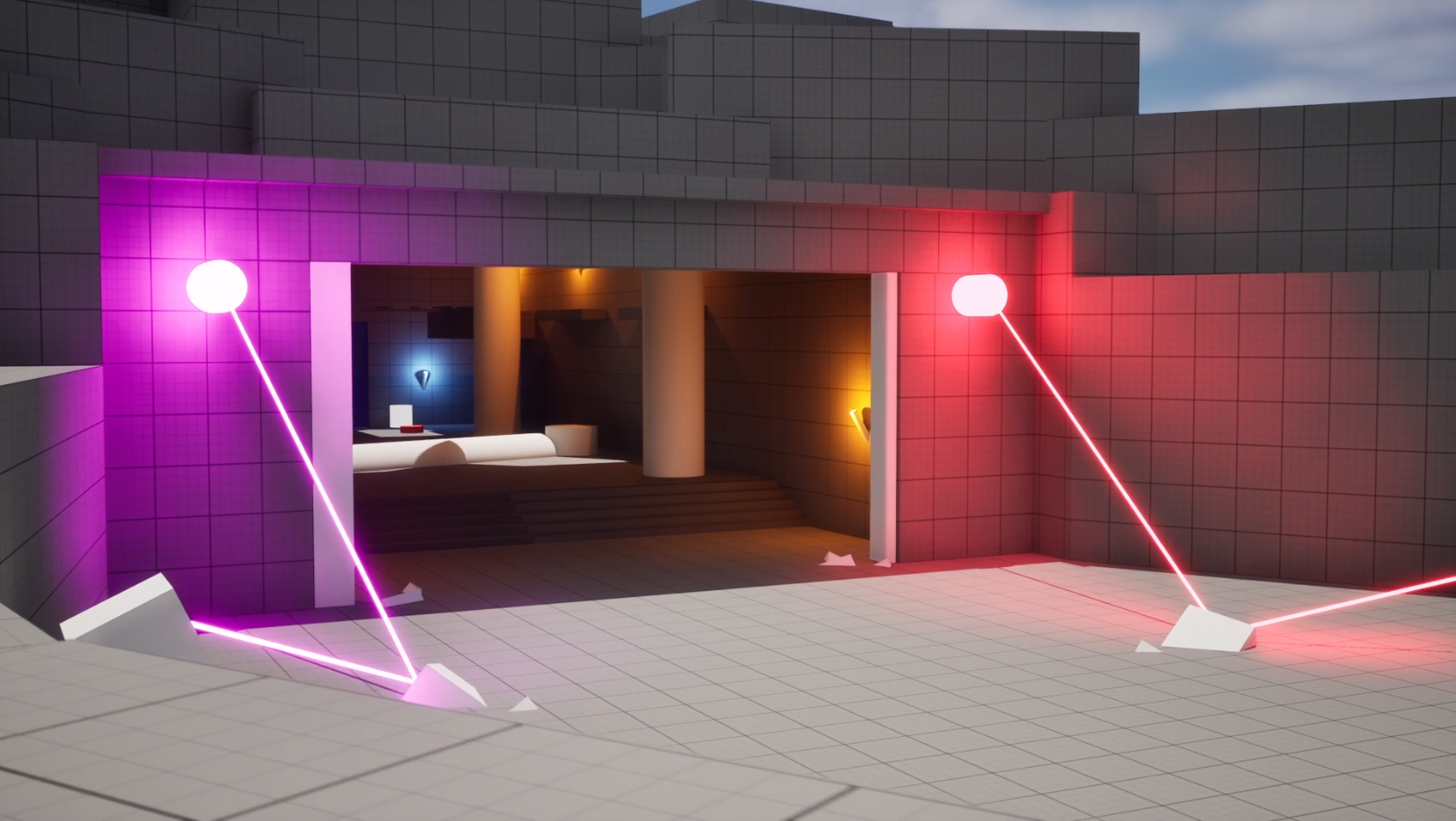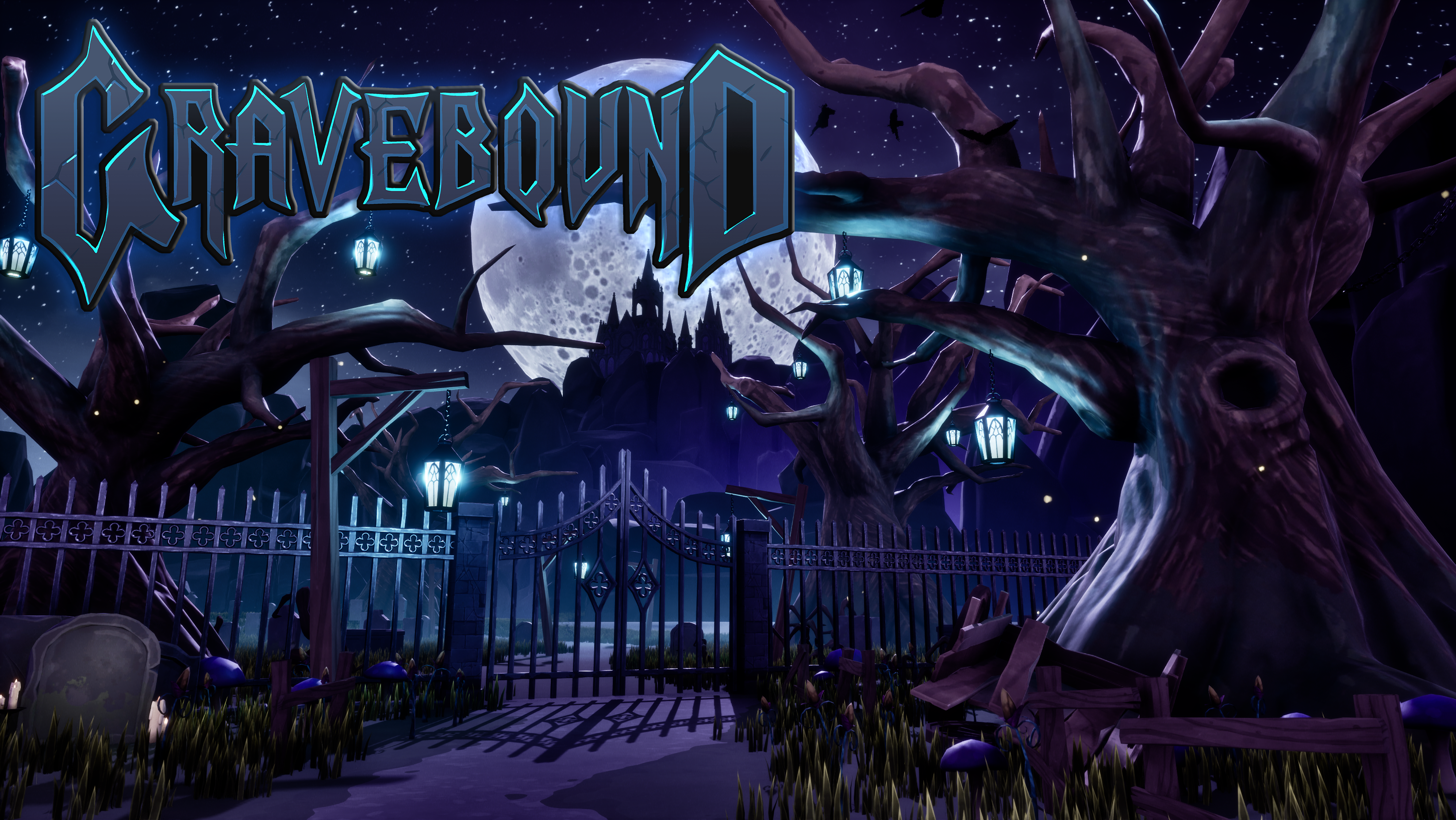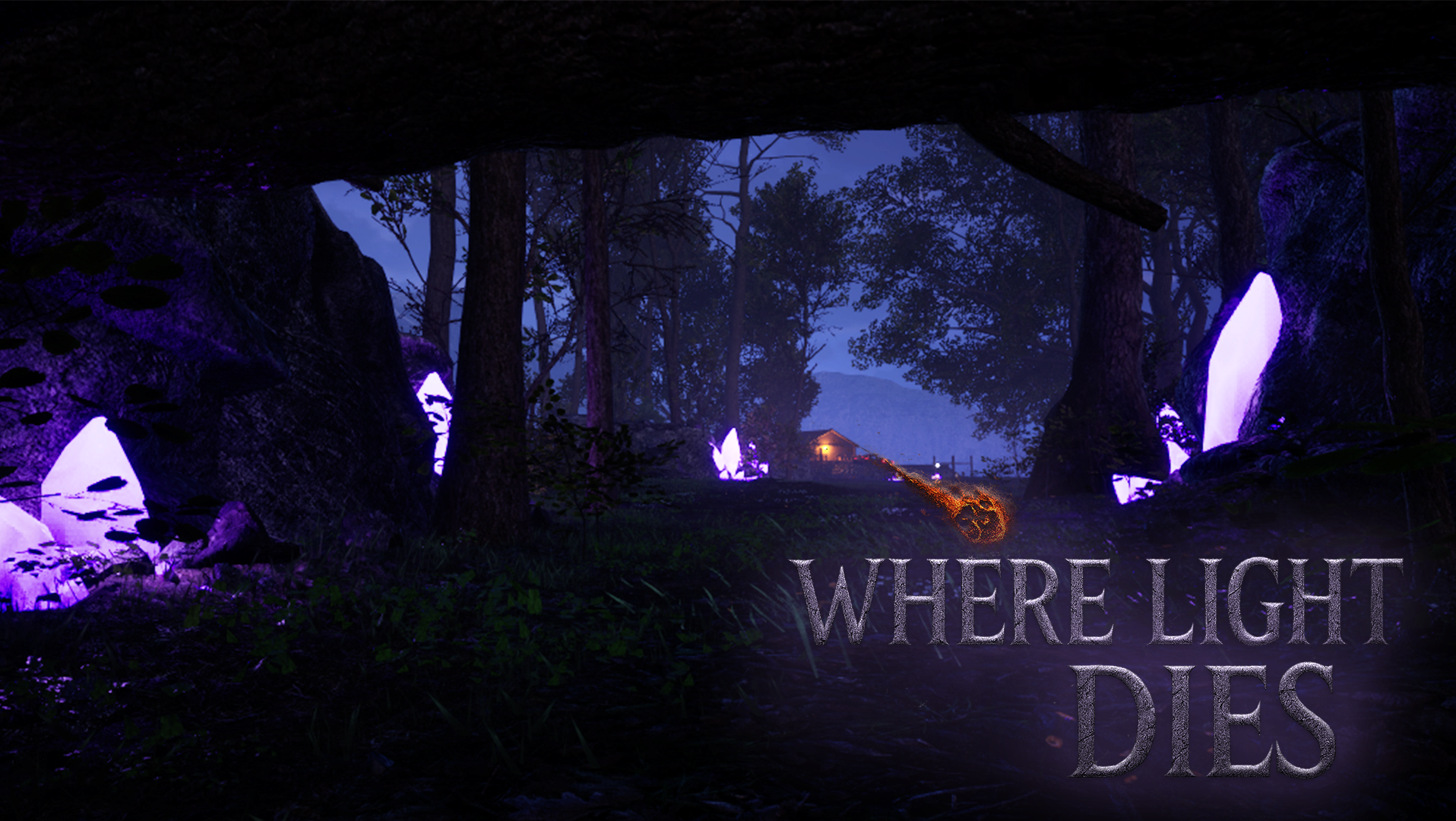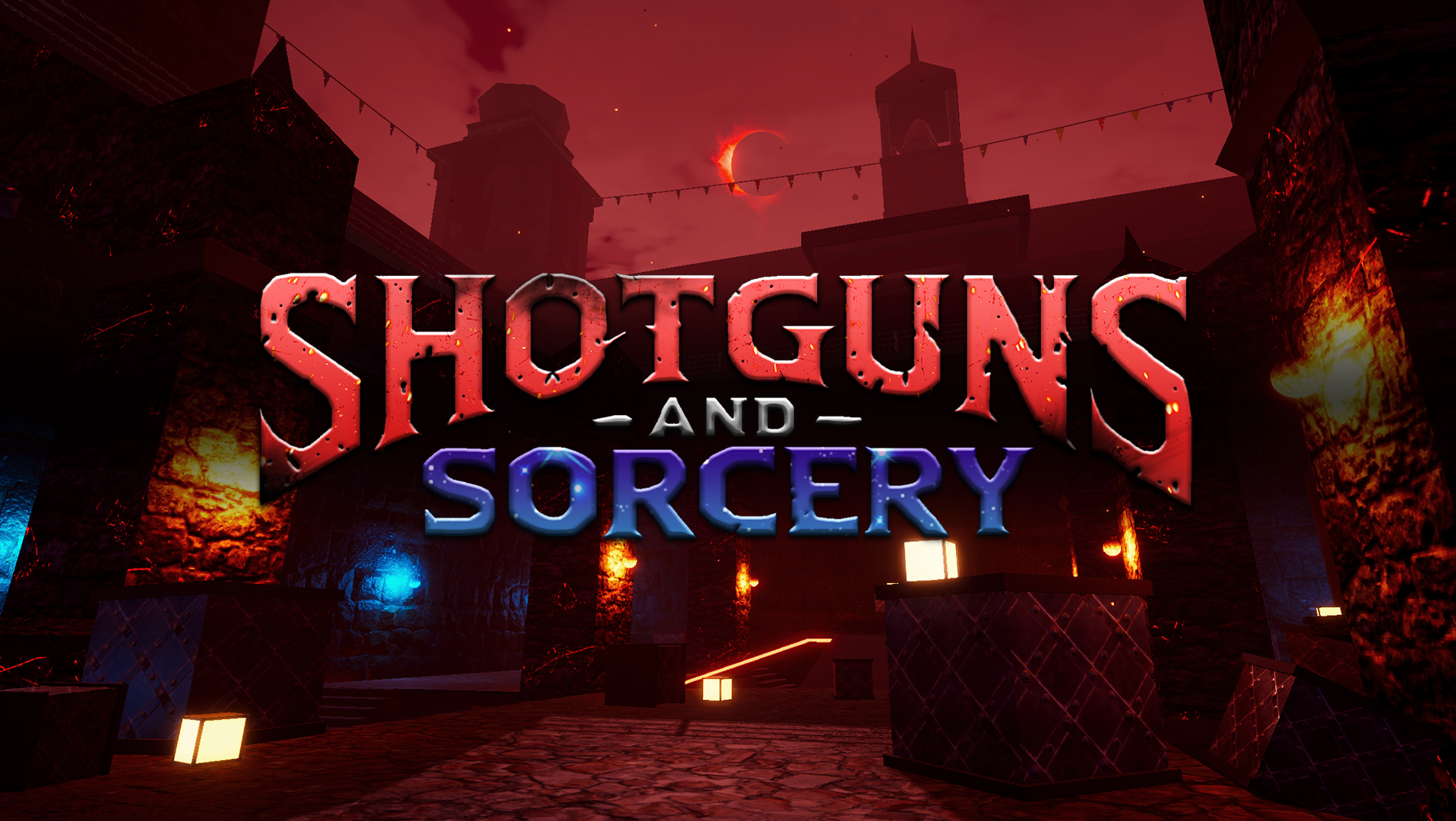PROJECT OVERVIEW
Players ascend the floors of a corporate skyscraper to reach the central mainframe. Core mechanics include fighting automated turrets, timer-based pressure, and multi-path platforming sections. This project's mechanical and level design emphasizes quick decision-making and multiple route options while maintaining clarity with progression.
Full Playthrough Video
PROTOTYPING AND DESIGN PHILOSOPHY
I began this project by designing and prototyping the main mechanics and systems of my level. I decided that my level would prioritize fast-paced combat, forcing players to balance fighting AI enemy turrets with platforming through the level's 3 primary sections. I prioritized these core values in my design:
- Obvious player progression path, visually and flow-wise
- Simple, engaging mechanics that supported the fast-paced gameplay
- Movement and game feel that could feel responsive and good in highly vertical spaces
- Gradually increasing difficulty in varying, unique ways as the level progresses
- Multiple pathing options enabling player choice
Level Mechanic Sandbox Video
CORE SYSTEMS
PROGRESSION-GATING (LOCKDOWN) DOORS
Dynamic progression gates that track completion, checking to make sure players defeat all enemies in a set area before being able to progress further. These doors can be easily set up to determine which turrets need to be destroyed before unlocking that specific door.
- Creates natural combat arenas by preventing progression until the section is cleared.
- Initially populates an array with references to all selected turrets. As players destroy those turrets, they are cleared one by one until the array is empty, which will then open the door and let the player progress to the next section.
TIMER PRESSURE
Fixed level countdown that creates player urgency to continue through the level, being balanced to encourage fast decision-making while allowing minor exploration and cautious gameplay.
- Failure to complete the level before the timer runs out will result in the player losing. The timer doesn't start until after a short intro tutorial section.
- Balanced through playtests to consider each section's difficulty and length. Players have 5 minutes to complete the level.
- Pushes players towards progressing through the level at an accelerated pace without punishing exploration.
AI TURRET ENEMIES
Stationary AI turret enemies that fire at players. These primarily serve as static threats that force players to engage with the environment and engage with movement systems rather than just focusing on shooting their weapon.
- Two enemy types: Single Barrel and Dual Barrel. Dual Barrel enemy types are introduced halfway through the level, dealing more damage, shooting faster, and having more health.
- Positioned to ensure players never need to search for missed enemies, no matter how they approach the level.
- Designed and placed intentionally to create overlapping lines of sight in some sections, requiring players to prioritize targets and become increasingly more comfortable with side-strafing and advanced movement systems.

Single Barrel Turret Enemy

Single Barrel Turret Blueprint

Dual Barrel Turret Enemy

Dual Barrel Turret Blueprint
MULTI-PATH ROUTING
Player choice-driven level design offering multiple, parallel routes with varying difficulty, speed, and collectible rewards. Players are frequently given choices at branching points during each section of the level, helping players progress in their own way.
- Some routes offer harder combat but are faster to progress through, while others are slower but provide the player with additional health pickups.
- In platforming sections, players can choose to take paths that provide safer traversal at the cost of time.
- All paths converge at lockdown doors, ensuring no player feels like they missed important collectibles or enemies.
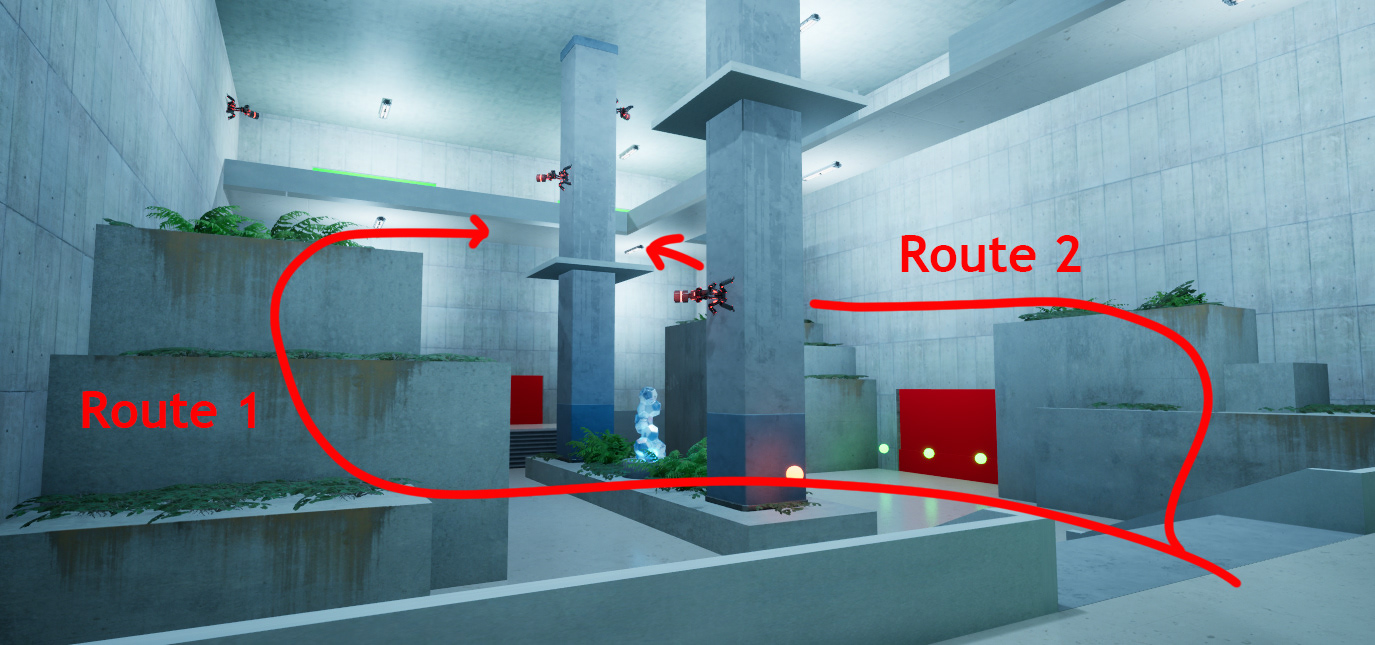
Section 1 Initial Pathing Routes
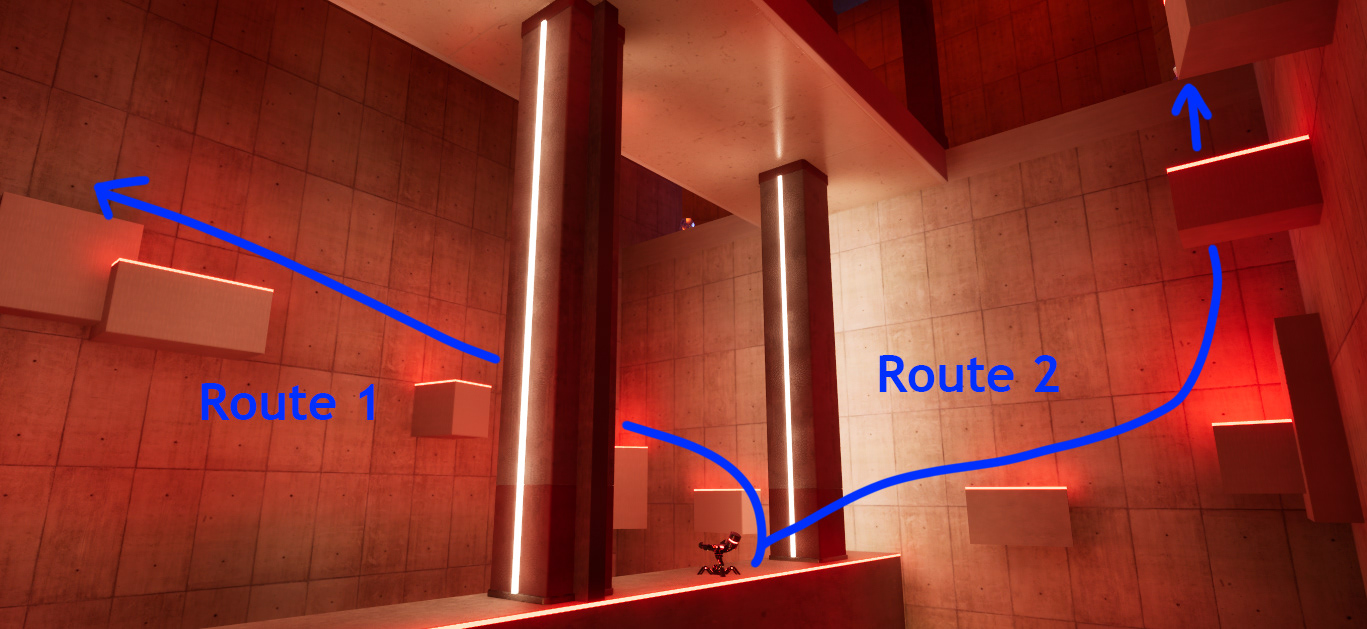
Section 2 Pathing Routes
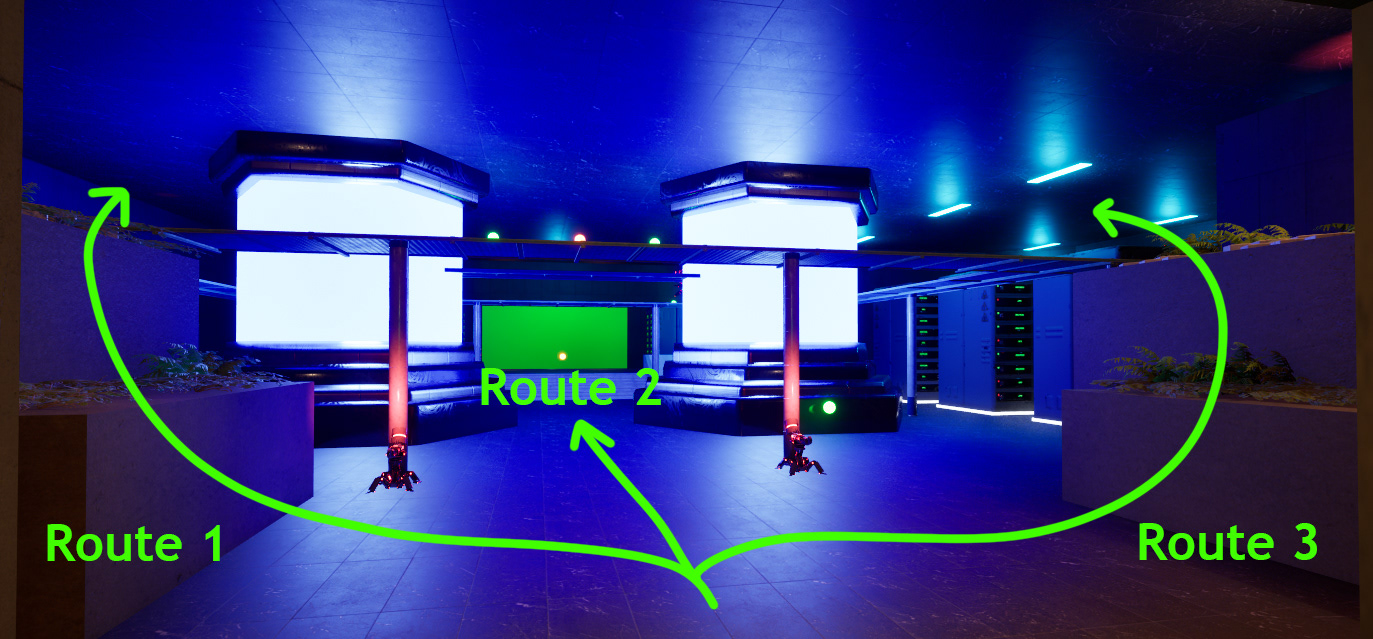
Section 3 Pathing Routes
COLLECTIBLE ITEM ECONOMY
Purposeful resource distribution across the level, balancing risk/reward placement, player behavior data from playtests, and path-specific incentives to support exploration and multiple playstyles. This system serves two purposes: player health sustainability and exploration incentive.
- Health pickups restore damage taken during combat, are placed in areas of cover or secrecy, and are available after high-intensity combat encounters.
- Speed Boost pickups provide temporary movement enhancements, positioned before harder platforming sections and high-intensity zones, giving players frequent opportunities to give themselves advantages.
- Placement was determined through analysis of playtest death points and player navigational behavior. Areas that were more difficult received more convenient, immediate health pickups, while optional routes gave the player additional health and speed boost pickups.

Pickups Found Within The Level

Health Pickup Blueprint

Speed Boost Pickup Blueprint

Player Controller Temporary Speed Boost Blueprint
LEVEL BREAKDOWN
PAPER MAP AND REFERENCES
My primary inspiration for this level was Control's brutalist architecture and environmental storytelling. I focused on balancing fast movement with large, vertically challenging level sections while ensuring navigational clarity and varied play spaces. I prioritized making each section feel different while gradually increasing complexity through combat and platforming challenges.
Level Reference Sheet
Level Paper Map
WHITEBOX
During this phase, I translated my 2D design into 3D space, establishing the core gameplay flow between combat and platforming. My key challenge was adapting extremely vertical sections to feel architecturally grounded while making sure each section felt unique and varied. I implemented the basic geometry and mechanics using placeholder assets before doing early playtests for level flow, difficulty progression, and collectible placements.


WHITEBOX: PAINTOVERS


FINAL PASS AND RESULTS
After multiple playtests, feedback was addressed through final art implementation, player guidance improvements, and collectible placement adjustments. I mainly added emissive trims and environmental decals that would focus players' attention, repositioned health/speed pickups based on player behavior data, and expanded the final encounter to incorporate six different approach paths. Some other small additions were ambient audio, a polished intro sequence, and performance optimization.



CHALLENGES
Lockdown Door System: A problem I faced was needing a scalable way to halt player progress until all turrets in a section were eliminated. I developed a simple array-based system where I assigned each door multiple turret objects, opening only when the array was empty (meaning all turrets were destroyed).
Vertical Platforming and Flow Design: Another major challenge I faced was how to balance a large vertically scaled level in a way that was fun and not confusing. My solution involved the placement of visual anchors (decals) and architectural elements to maintain a clear progression path while conveying building scale.
SELF REFLECTION
This project taught me what worked and what didn't through playtest sessions, shining a light on the importance of frequent playtesting from a variety of individuals. Specifically, difficulty curve tuning required multiple playtests to avoid frustration while maintaining challenge. If I could polish this further, I would love to experiment with aerial enemies with patrol paths for the vertical sections and tackle further polishing the feel of the gunplay and movement systems.
